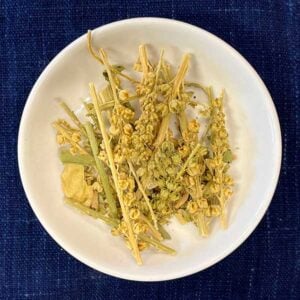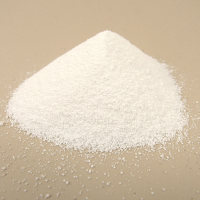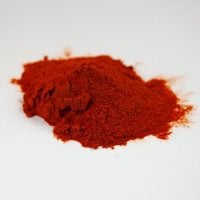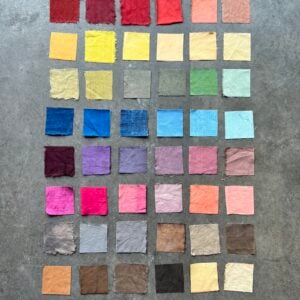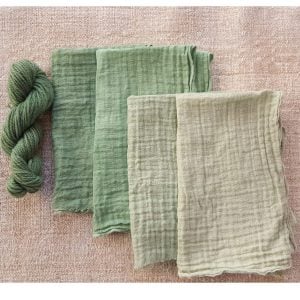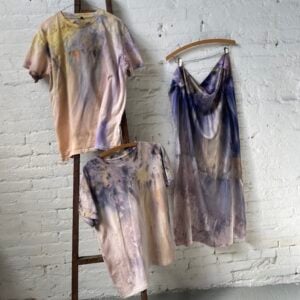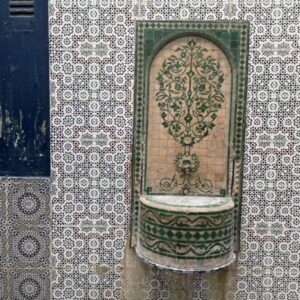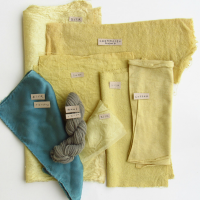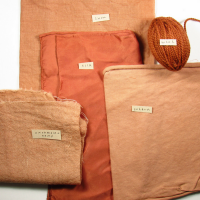Dried Weld Flowers
We are happy to carry beautiful dried weld flowers from Two Looms Textiles based in Washington State. They are sweet-smelling and very potent. The 100g bag contains a mix of weld flowers, stems and leaves. Use all of the plant in the dye pot. For detailed instructions, please see our how to page. Weld (Reseda luteola) is the most lightfast of the yellow dyes, used by ancient tapestry weavers in Central Asia, Turkey and Europe. Weld is the brightest and clearest yellow flower dye. In combination with iron, weld creates a rich chartreuse, or when underdyed with light indigo, yields a … Read more

